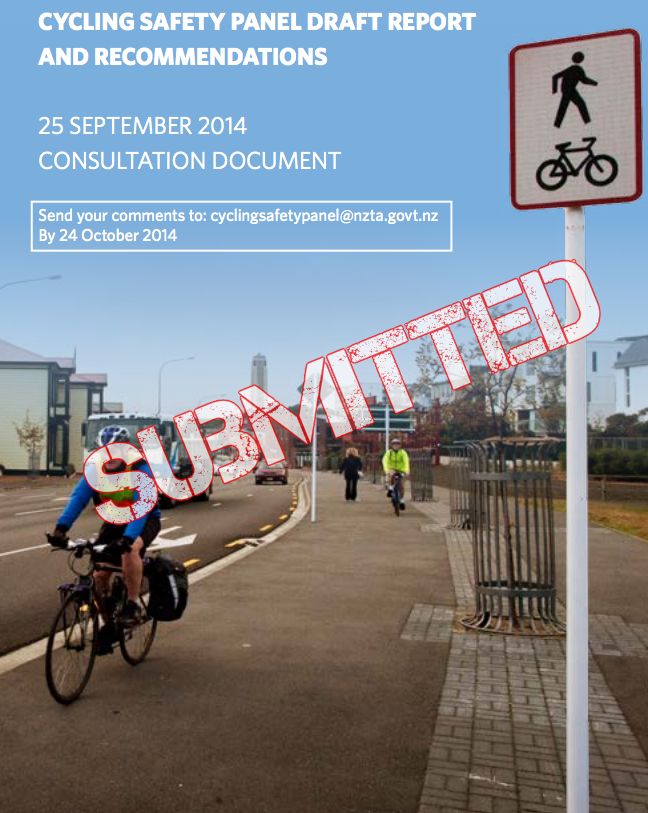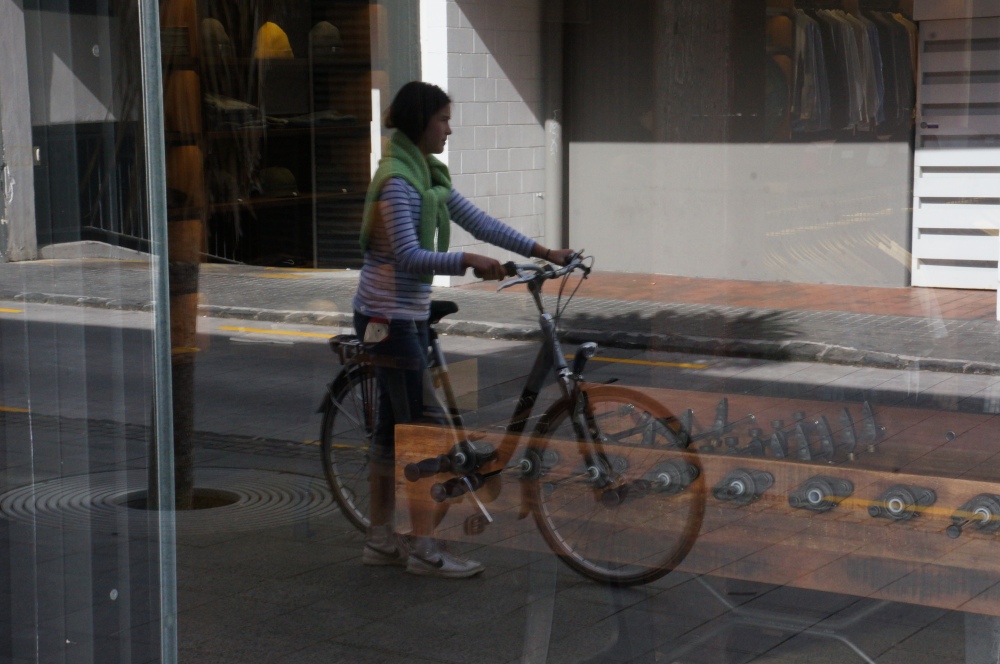
Back in 2014 I made a submission to the ‘Safer Journeys for People who Cycle’ consultation. This blog post reflects what I tried to convey in my submission. It still represents my view on how I think we need to approach the task of getting more people using bicycles as a form of transport – equal measures of infrastructure, policy and marketing. How are we doing since then, I wonder?
I support the draft recommendations proposed by the Cycling Safety Panel and its desire to achieve a transport landscape that allows for the safe movement of people on bicycles. I am encouraged by the panel’s acknowledgement and understanding of the benefits that cycling brings and the barriers to making that happen, as detailed below:-
1. Participation in cycling and cycling safety are inextricably linked.
2. Increases in cycling participation will bring safety benefits to individuals and to the wider community alike.
3. Economic and societal benefits of investing in cycling are irrefutable.
4. Riding a bicycle is inherently safe and the prevention of crashes with motor vehicles is the issue that needs to be addressed.
However, I am concerned that the panel’s recommendations lack the necessary clarity and boldness. Without any clearly stated cycling mode share targets set, there is a risk that the reports recommendations will not achieve its stated goals.
Infrastructure
In New Zealand’s current transport landscape, cyclists are catered for as though they are two-wheeled motor vehicles. This is problematic because cycling is more akin to walking than driving. If we are to be successful in encouraging more people to cycle, this reality needs to be addressed. In New Zealand we rely on campaigns such as ‘Share the road’ which suggest that all road users have equal responsibility to stay safe. Whereas the Dutch have set the standard for best practice in this area. It is called ‘Sustainable Safety‘. As the draft report acknowledges, riding a bicycle is inherently safe. It is being hit by a fast moving vehicle that makes it unsafe. The current environment is far from equal.
Quality infrastructure is the critical factor in creating a transport environment that encourages people to choose to ride a bicycle on a daily basis for transport purposes. This infrastructure comes in a variety of forms. The creation of ‘mobility environments‘ has changed the way road transport is approached. Infrastructure is designed to cater for all road users. Safety is designed into the infrastructure.
A well designed transport/mobility environment:-
- makes cycling irresistible,
- is built for the 99% who aren’t cycling now but who could be cycling,
- follows ‘desire lines’ and goes where people want to go,
- recognises cyclists are just fast-moving pedestrians and does not try to treat them as cars,
- has infrastructure that will take cyclists to common destinations such as jobs, shops, businesses and schools.
Policy
Creating a cyclised city will not happen in isolation. Transport policies that promote cars ahead of other forms of transport will make it less likely for people to choose to switch to riding a bicycle. The way a city is designed will impact on the rate of cycling uptake. Instead of encouraging sprawl, housing needs to be built around transport hubs and multi-modal transport needs to be encouraged and supported.
A well designed city is one in which people live in an environment that allows them to work and play in close proximity. It’s about reducing travel demand and creating opportunities for short journeys to be achieved by bicycle. Minimum car parking requirements need to be removed from city planning laws to enable this transition to alternative transport to happen.
Cities that have high rates of everyday cycling also have the following features in common:-
- reduced speed limits,
- well developed road behaviour social contracts,
- freedom to choose to wear a bicycle helmet,
- bike share programmes.
Marketing
The ‘normalised’ culture of cycling that we need does not come about by accident. It comes about as a result of a range of deliberate strategic interventions. The need for quality infrastructure and supportive transport policies have already been mentioned. But there is also a role for high quality marketing that promotes the value of everyday cycling. The value of cycling needs to be ‘sold’ to the public in order to build the political will that is essential to encourage a shift away from our present car-centric transport policies towards socially and economically sustainable transport options.
The word ‘cycling’ needs to become synonymous with meaning ‘short trips in normal clothes on a comfortable bike for people between the age of 8-80, male or female’.
The dominant perception of cycling at the moment is that it is for sports and recreational purposes; for the fit, brave or foolhardy. That’s a massive barrier to overcome, if we are to get the 99% of people who aren’t cycling now, to consider giving cycling a go. Like issues of real safety are dealt with by building quality infrastructure, issues of perceived safety need to be taken seriously too and addressed by implementing quality marketing.
Currently, cycling promotion focuses on safety by making it look dangerous. It focuses on the wearing of helmets and hi-viz. This kind of scare mongering plays into the fears of non-cyclists by reinforcing their current misplaced beliefs. Even the word ‘cycling’ creates misconceptions. That is why you will see the phrase ‘wheeled pedestrian cycling’ or ‘riding a bicycle’ now being used instead.
The full implementation of the above key strategies of infrastructure, policy and marketing will be needed to bring about the success that the ‘Safer Journeys for People who Cycle’ report says that it desires. Underpinning this success will be a sufficient level of funding. A level of funding that reflects the value and contribution a city full of people on bicycles brings.




